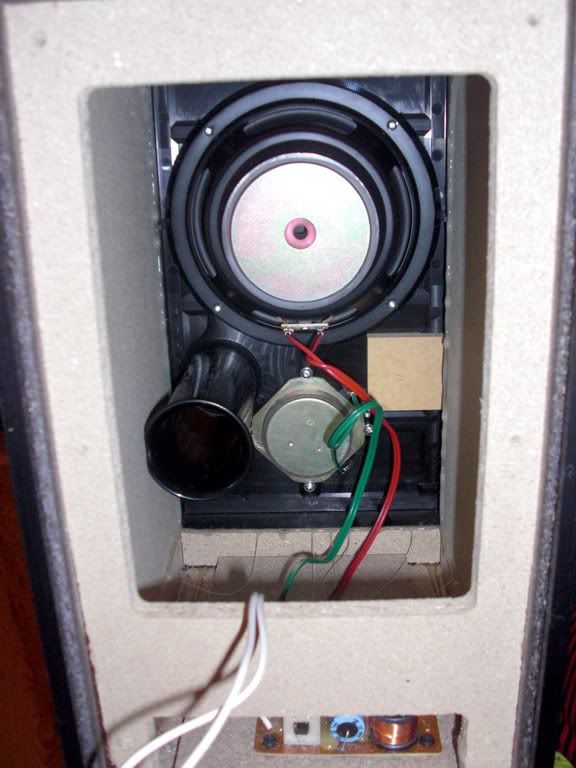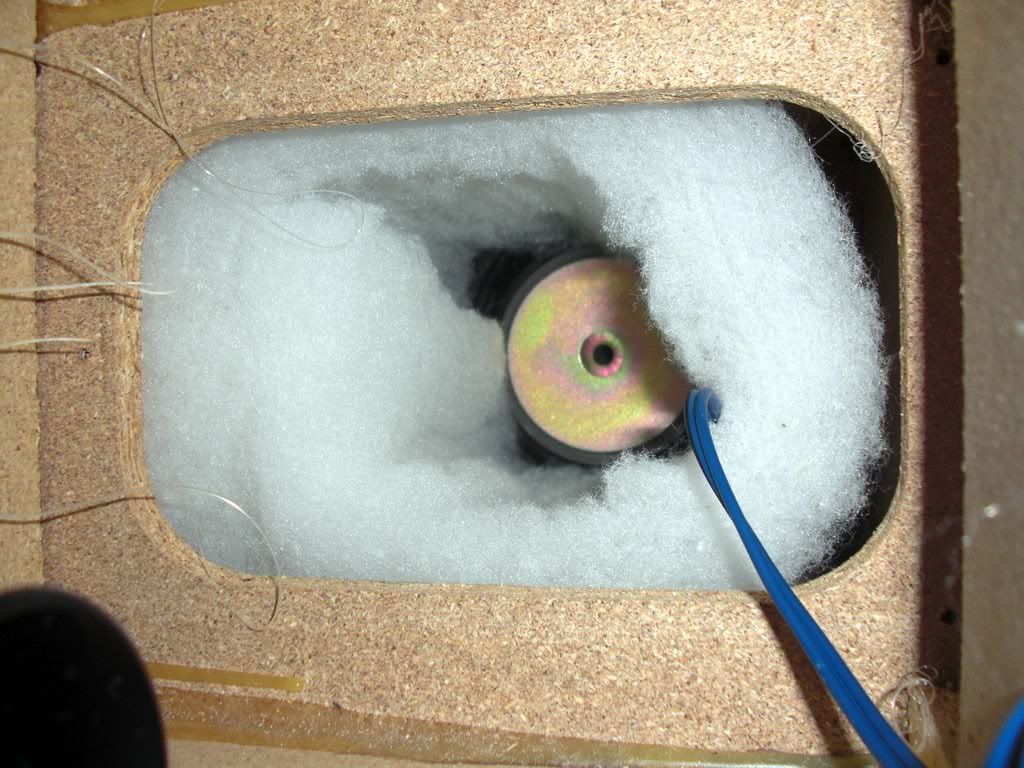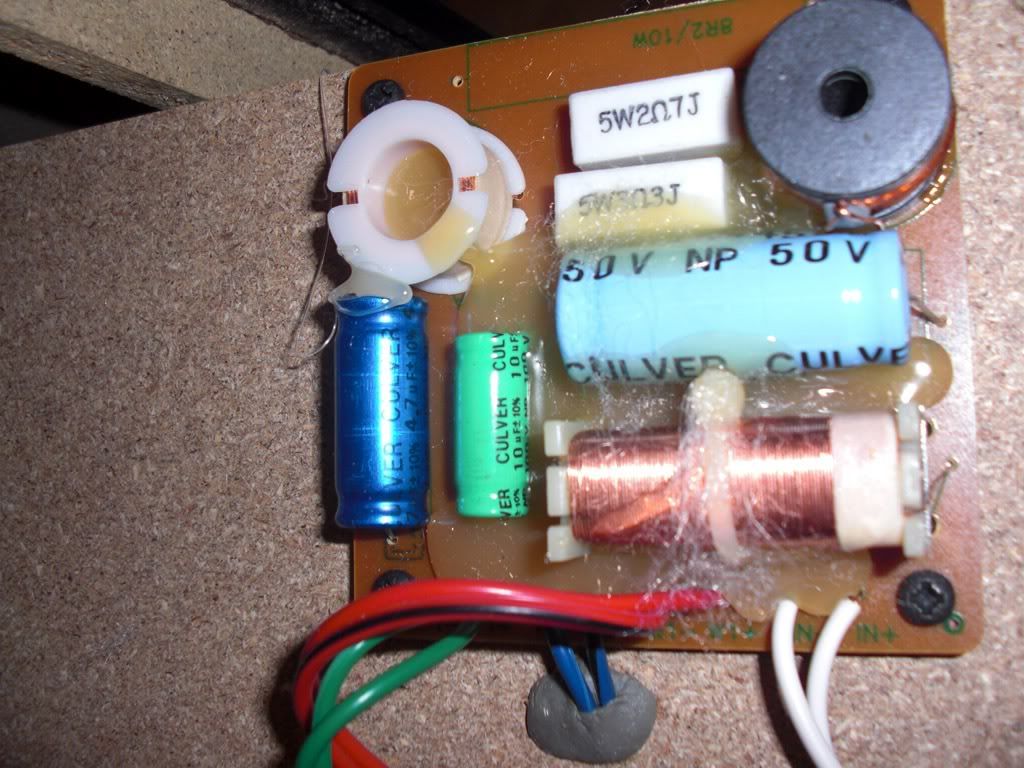the-real-mandak
Super Member
Hey there, I found a pair of these for cheep and thought to give them to a friend of mine. After bringing them home I hooked them up in my own system for a little listening and found that the bass has problems with resonance from the box. The sound of the speakers in general is what it is and I think it will be hard to do much about it, but the box seems to be possible to fix.
My own thought was to make the sides a little more stiff (just a little wood, glued to the side "cutting" the surface in half) and ad Bitumen on all the sides.
BTW. There is not much info on this speaker anywhere, KEF only has the Coda 9.2 in there history section and that is a different design.
But here the Q: What would you folks suggest as an easy (and cheep) fix to improve this speaker?






My own thought was to make the sides a little more stiff (just a little wood, glued to the side "cutting" the surface in half) and ad Bitumen on all the sides.
BTW. There is not much info on this speaker anywhere, KEF only has the Coda 9.2 in there history section and that is a different design.
But here the Q: What would you folks suggest as an easy (and cheep) fix to improve this speaker?










